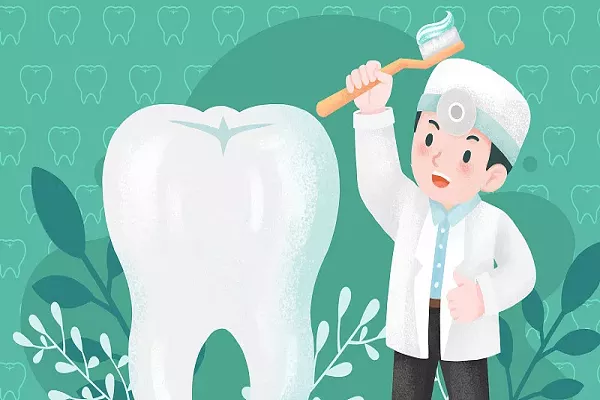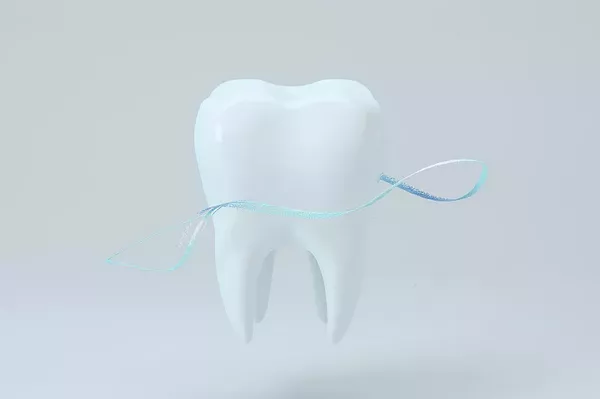Teeth whitening is a popular cosmetic procedure that many people seek to enhance the appearance of their smiles. Over the years, various methods for teeth whitening have been developed, including toothpaste, dental strips, and professional treatments. One of the more recent trends in teeth whitening is using blue LED lights. The theory behind this method is that blue light can activate a whitening agent, making it more effective at removing stains and discoloration. In this article, we will explore whether or not blue LED lights truly whiten teeth, and if they do, how they work.
What are Blue LED Lights?
LED stands for Light Emitting Diode, which refers to an electronic device that produces light when an electrical current is passed through it. Blue LEDs emit a specific wavelength of light that falls between 400-500 nanometers, which is commonly referred to as “blue light.” This wavelength of light is also used in other applications, such as curing dental resin or treating acne.
How Do Blue LED Lights Whiten Teeth?
The idea behind using blue LED lights to whiten teeth is that they can activate a whitening agent. Many teeth whitening products contain a chemical called hydrogen peroxide, which is a bleaching agent that can break down stains and discoloration on teeth. However, hydrogen peroxide needs to be activated to work effectively. Blue LED lights are thought to activate the hydrogen peroxide by breaking it down into reactive oxygen species (ROS). These ROS molecules can then penetrate the enamel and dentin of the teeth, breaking down the stains and discoloration.
Do Blue LED Lights Really Work?
There have been several studies conducted on the effectiveness of blue LED lights for teeth whitening. One study published in the Journal of Clinical and Experimental Dentistry found that the use of blue LED lights alongside a hydrogen peroxide-based gel produced significantly greater improvements in tooth color compared to the use of the gel alone. Another study published in the Journal of Esthetic and Restorative Dentistry found that blue LED lights had a positive effect on the efficacy of a whitening gel.
However, it’s important to note that not all studies have shown significant benefits of using blue LED lights for teeth whitening. A study published in the Journal of Investigative and Clinical Dentistry found that there was no significant difference in tooth color improvement when comparing the use of a hydrogen peroxide-based gel with or without blue LED light activation.
Are There Any Risks Associated with Blue LED Light Whitening?
While blue LED light whitening is generally considered safe, there are some potential risks to be aware of. One main concern is that the blue light can cause sensitivity in some people’s teeth. This sensitivity typically goes away after a short period of time, but it can be uncomfortable for those experiencing it.
Another concern is that exposing the eyes to blue light for an extended period can potentially damage the retina. This risk is generally low during a normal teeth whitening treatment, as the eyes are typically covered or shielded from the light.
Conclusion
In conclusion, blue LED lights do appear to have some effectiveness in enhancing the teeth whitening process. However, it’s important to note that they are not a standalone solution and should be used in conjunction with a whitening gel or other whitening product. Additionally, there may be some risks associated with using blue LED lights, including tooth sensitivity and eye damage, so it’s important to consult with a dental professional before undergoing any teeth whitening treatment.
Related Topics:































